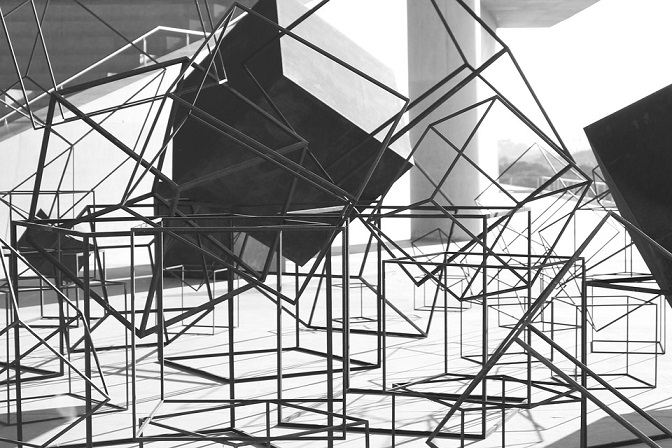Sébastien Arfouilloux, the keynote speaker, is one of these pioneering scholars. Going beyond his influential book Que La Nuit tombe sur l’orchestre, his wide-ranging presentation provided welcome precision about André Breton’s views on music. He also expanded on the importance of the little-known Belgian composer André Souris – a missing link between Erik Satie, who was associated with Parisian Dada and surrealism in his last years, and Pierre Boulez, of whose music Souris was an early supporter. Arfouilloux’s briefer references to surrealism’s connections with popular music and jazz opened the door to future research.
The papers presented were refreshingly diverse. Several (by Renée Altergott, Caroline Potter and Edmund Mendelssohn) drew on the interesting interrelations between surrealist writings and painting, ethnography and sociology in Paris in the 1930s, especially showing how literature, ethnography and the nascent discipline of ethnomusicology affected composers. Papers by Robert Sholl and Edward Campbell explored texted works by Olivier Messiaen and Boulez respectively: Messiaen’s own poetry has strong surreal tendencies, and Campbell convincingly argued that the role of Char’s poetry in Boulez’s Le Marteau sans maître has been undervalued by musicologists. Caroline Rae showed that surrealism was a truly international movement by revealing Central and South American interactions with Parisian composers including André Jolivet, and Elizabeth Benjamin’s highly creative paper applied Messiaen’s tone-colour synaesthesia to selected surrealist paintings. Following the example of recent work in art history on musicalizing paintings, it would be fun to explore Benjamin’s ideas in an immersive artwork.
Two papers unexpectedly proposed surrealist applications in the subfield of music theory and analysis. Henri Gonnard analysed a section of Ravel’s opera L’Enfant et les sortilèges as a ‘more than real’ image, and James Donaldson posited that Poulenc’s frequent recourse to modified fifth relations could have analogies with the unexpected swerves of surrealist writings.
The day ended with a superb piano recital in Chancellor’s Hall by Alexander Soares, whose programme highlighted composers discussed during the study day. His compelling performance of Jolivet’s rarely programmed Piano Sonata was witnessed by the composer’s daughter, Christine Jolivet-Erlih, who travelled to London for the event, and his authoritative and dynamic Boulez Notations and Messiaen Ile de Feu I were very enthusiastically received.
Can music be surrealist? The study day frequently referred to found objects, unexpected juxtapositions and swerves, and offered original and sometimes provocative contexts and interpretations for music composed in France in the second quarter of the 20th century.
By Caroline Potter

